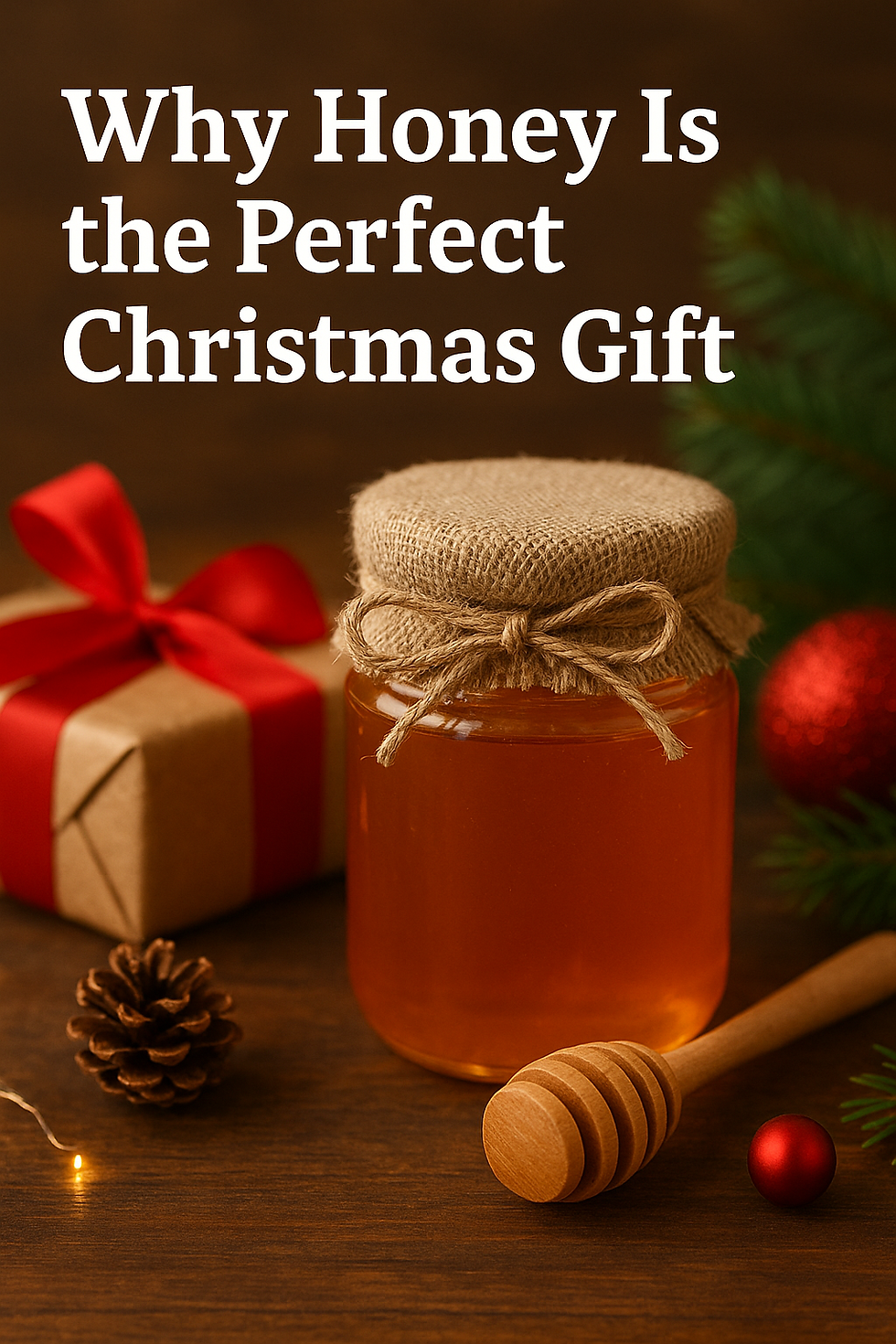Sweat Bees: Unveiling Nature's Tiny Pollinators
- Pete Rizzo

- Jul 24, 2023
- 4 min read
Updated: May 6

Understanding Sweat Bees: The World of Halictid Bees
Sweat bees are a fascinating group of small, mostly metallic-colored bees that have earned their name due to their unusual attraction to human perspiration.
These bees are part of the Halictidae family, which includes over 1,000 species found on every continent except Antarctica. Their importance as pollinators, coupled with their intriguing behaviors, makes them a vital part of our ecosystem.
Identification and Characteristics
Sweat bees are members of the Halictidae family, a diverse group with over 20 genera, including Halictus, Lasioglossum, and Augochlorella. These bees are relatively small, ranging from 2 to 10 mm in length, and are often recognized by their striking metallic colors, which can include shades of green, blue, purple, bronze, or brass.
Their wings are typically translucent, adding to their delicate appearance. Some species also have black and white striped abdomens, and males can be distinguished from females by the number of segments on their antennae.
Despite their small size, sweat bees play a significant role in pollination, contributing to the health of both wild and cultivated plants.
Behavior and Ecology
The name "sweat bee" stems from their attraction to sweat and other bodily fluids, which they drink to obtain essential nutrients like sodium and proteins. But their dietary habits extend far beyond human sweat; these bees are also diligent gatherers of pollen and nectar from a wide variety of flowering plants.
Their foraging helps ensure the reproduction of many plant species, making them crucial players in maintaining biodiversity.
Sweat bees are predominantly solitary, although some species exhibit primitive social behaviors. They typically create nests in sandy soil, rotting wood, rock crevices, or other small cavities. These nests provide a safe space for laying eggs and raising their young.
The global distribution of sweat bees allows them to thrive in diverse ecosystems, from arid deserts to lush forests, with each species adapting to its specific regional climate.

Diet and Pollination
Sweat bees primarily feed on nectar and pollen, favoring flowers like daisies, sunflowers, and various wildflowers. As they move from flower to flower, they inadvertently pick up and distribute pollen, making them indispensable pollinators for many plants.
Their work supports the growth of crops, wildflowers, and garden plants, ensuring that these species continue to thrive.
While they are essential pollinators, sweat bees also seek out human sweat for its mineral content, particularly sodium. This behavior, though sometimes bothersome to humans, is just another aspect of their complex role in nature.
The minerals they obtain from sweat and other fluids help them sustain their energy levels and overall health.

Do Sweat Bees Sting or Bite?
Yes, sweat bees can sting, but their stings are generally mild compared to other bees. Only female sweat bees have the capability to sting, as their stingers are modified ovipositors.
While they are not inherently aggressive, sweat bees will sting if they feel threatened, such as when they are trapped against the skin or handled roughly.
Unlike honey bees, sweat bees do not leave behind a stinger or venom sac after stinging, which means they can sting multiple times. However, their stings are usually not severe and do not pose a significant threat unless someone has an allergic reaction.
Attracting or Repelling Sweat Bees
Sweat bees are often drawn to areas with high levels of sweat, such as around pools or during outdoor activities in hot weather. Scented lotions, perfumes, hair products, and light-colored clothing can also attract them.
To reduce their presence, it’s advisable to avoid using heavily scented products and wear darker clothing with more coverage when outdoors.
Quick rinse-off showers can help minimize the attraction by removing sweat from the skin. Installing screens around pools and outdoor eating areas can also help keep sweat bees at bay.
Additionally, natural repellents like mint, citronella, and eucalyptus can be effective in deterring them. However, it's important to remember that these bees are vital to our ecosystem, so eliminating nests should be a last resort.
Safety and Coexistence
While sweat bees can be a nuisance, they are not overly dangerous or aggressive. Their role as pollinators is crucial, especially in regions where they help maintain the health of wildflower populations.
To coexist peacefully with these bees, avoid swatting at them and remain calm if they land on your skin. Wearing light-colored clothing and rinsing off sweat can also help minimize interactions.
At our Joshua Tree Preserve and Apiary in Arizona, we have a special appreciation for these industrious little bees. They play a critical role in pollinating the wildflowers that make our region so unique and beautiful.
Throughout the spring and summer, sweat bees are busy ensuring that the flowers continue to bloom in abundance.
Our hats off to the halictids—may you forage in peace, keeping our flowers pollinated and beautiful forever.
Betsy and Pete
Las Vegas, Nevada
About Us: The Authors

We're Betsy and Pete, passionate Las Vegas beekeepers trained by a master in the field. With hundreds of successful bee and bee swarm removals under our belts, we're not just experts; we're enthusiasts committed to the well-being of these incredible pollinators.
We manage dozens of beehives, both natural and honey-bearing at our Joshua Tree Preserve.
Our Commitment to Excellence
Education is an ongoing journey, especially in a dynamic field such as beekeeping. That's why we continually update our knowledge base, collaborate with other experts, and stay up to date with the latest advancements in bee control methods and beekeeping practices.
We also provide top-tier beekeeping supplies, offering everything a beekeeper needs, from beginners to experts.
.png)


